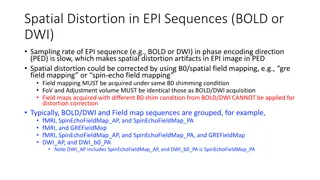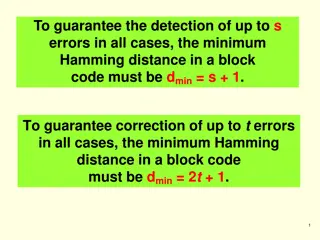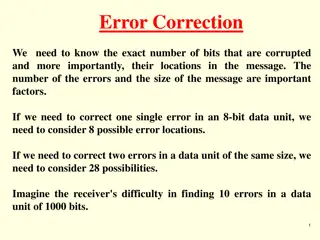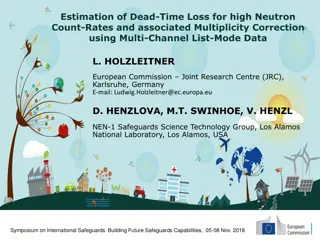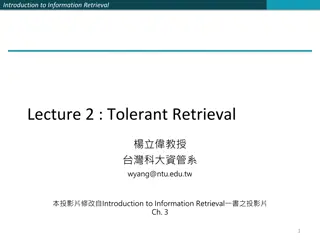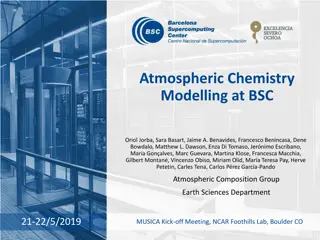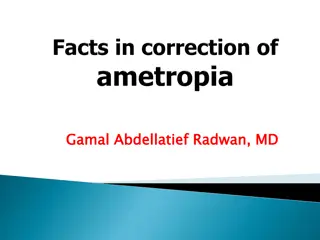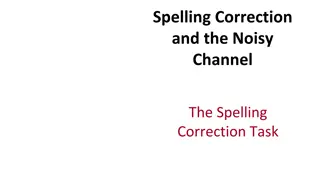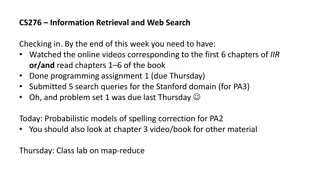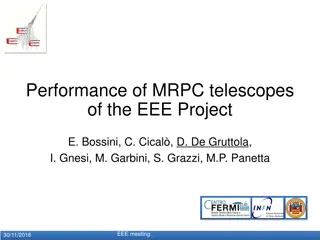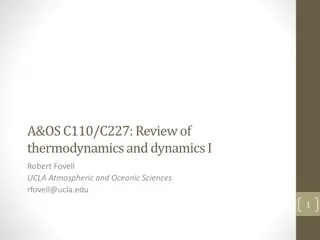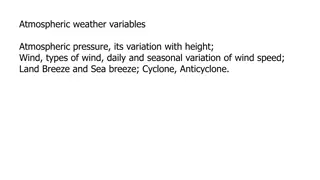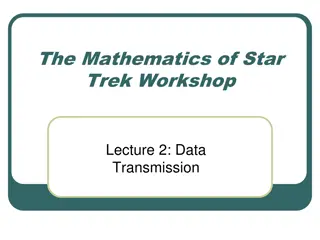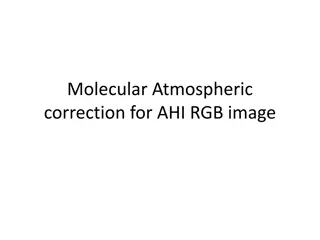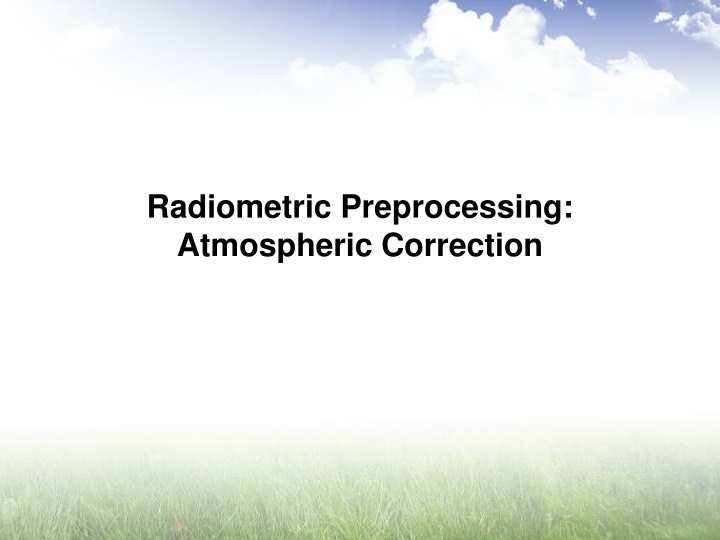
Radiometric Preprocessing for Atmospheric Correction
Learn about radiometric preprocessing techniques for atmospheric correction in remote sensing imagery. Explore the effects of sun angle differences, atmospheric scattering, and absorption on spectral-radiometric responses. Discover methods such as histogram adjustment and dark object subtraction for enhancing image quality.
Download Presentation

Please find below an Image/Link to download the presentation.
The content on the website is provided AS IS for your information and personal use only. It may not be sold, licensed, or shared on other websites without obtaining consent from the author. If you encounter any issues during the download, it is possible that the publisher has removed the file from their server.
You are allowed to download the files provided on this website for personal or commercial use, subject to the condition that they are used lawfully. All files are the property of their respective owners.
The content on the website is provided AS IS for your information and personal use only. It may not be sold, licensed, or shared on other websites without obtaining consent from the author.
E N D
Presentation Transcript
Radiometric Preprocessing: Atmospheric Correction
Radiometric Preprocessing Correction for Sun Angle Differences l is the solar zenith angle and varies as a function of latitude, day of year, and time of day Sun Ground l Radiance is proportional to cos . Therefore, we can adjust for sun angle effects by: n adjusted DN = (cos / cos ) x DN u where = input sun angle and is the normalized or reference angle (e.g., 45 degrees or for one of several dates of imagery
Effects of atmospheric scattering and absorption on spectral-radiometric responses l Effects of scattering on image quality n Reduces contrast dark objects are brighter, bright objects are darker l Visible bands are much more subject to atmospheric effects than infrared bands n Sensitivity of spectral bands (high to low) to atmospheric effects u blue, green, red, near IR, middle IR
Methods for Atmospheric Correction l Atmospheric (radiative transfer) models n Most rigorous, best, but complex n Difficult to obtain necessary input data Example of atmospheric correction with the ATCOR model Before After Jensen, 2007
Histogram adjustment n Shifts histograms to left (to zero) under the assumption that very dark objects (0% reflectance) would be at zero if it were not for the added response due to atmospheric scattering u i.e., the path radiance term in the remote sensing equation n Assumes the magnitude of scattering is the same for all cover types (not exactly correct) n Does not correct for atmospheric absorption effects l
Histogram Adjustment (Dark Object Subtraction) Find pixels of dark objects that are assumed to have near zero reflectance n Deep, clear lakes are good Subtract their DN value from all pixels (e.g., 30) n Has the effect of shifting the histogram to start at 0 l Number of Pixels Shift attributed to haze l 0 30 255 Digital Number
Histogram Adjustment (Dark Object Subtraction) Find pixels of dark objects that are assumed to have near zero reflectance n Deep, clear lakes are good Subtract their DN value from all pixels (e.g., 30) n Has the effect of shifting the histogram to start at 0 l New histogram Number of Pixels l 0 30 255 Digital Number
Demonstration of Image Enhancement with Image Processing Software l Spectral band combinations l Radiometric Enhancement: Contrast stretch l Spatial Enhancement: Convolution filtering l Principal Components



